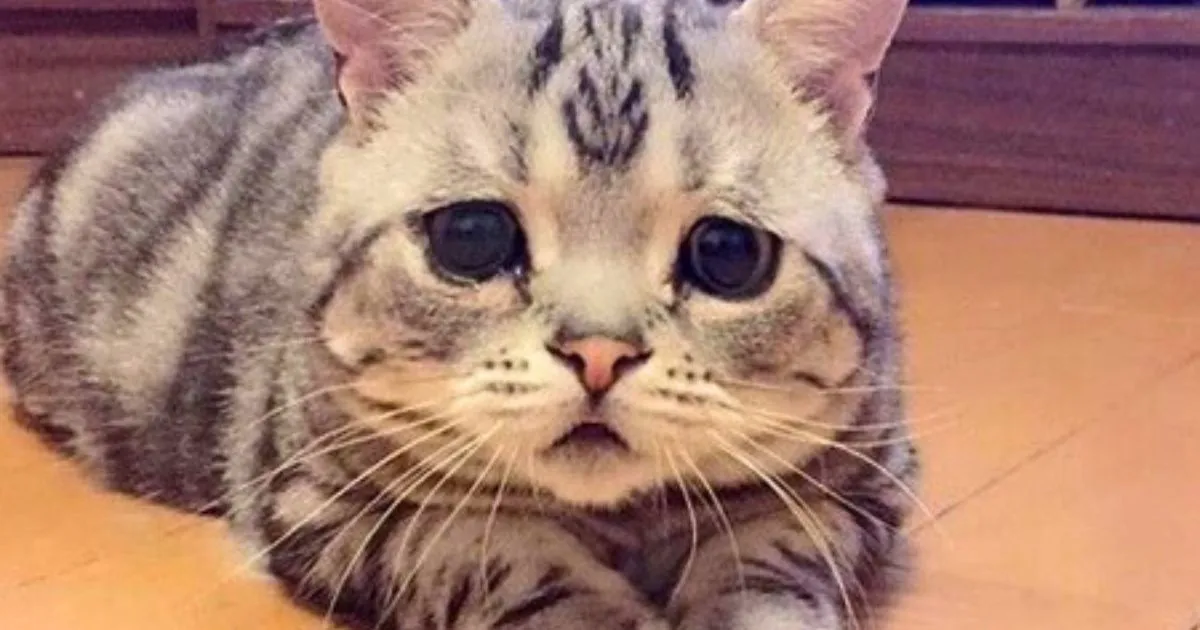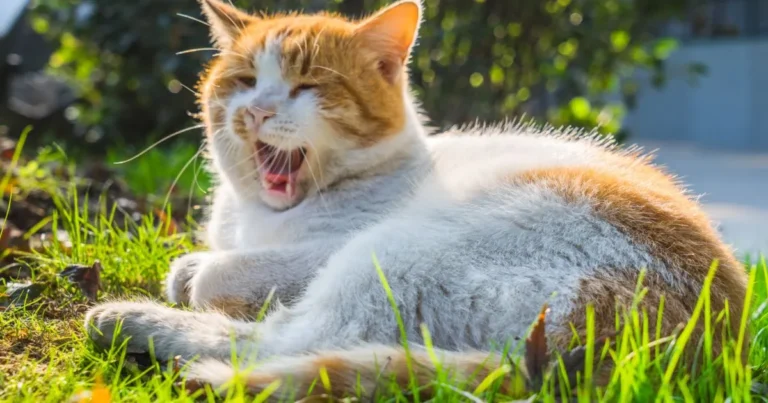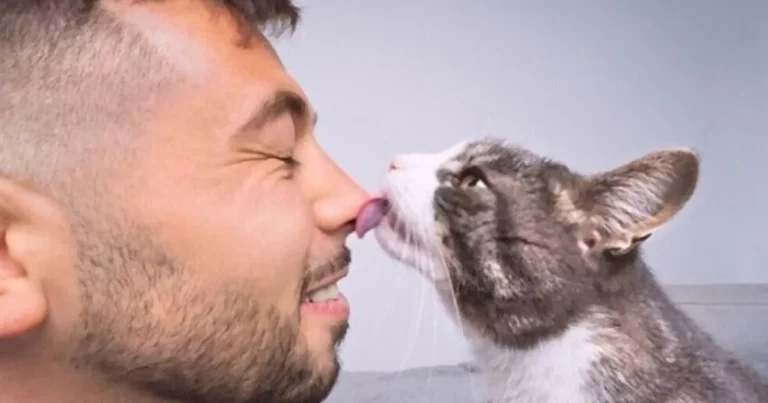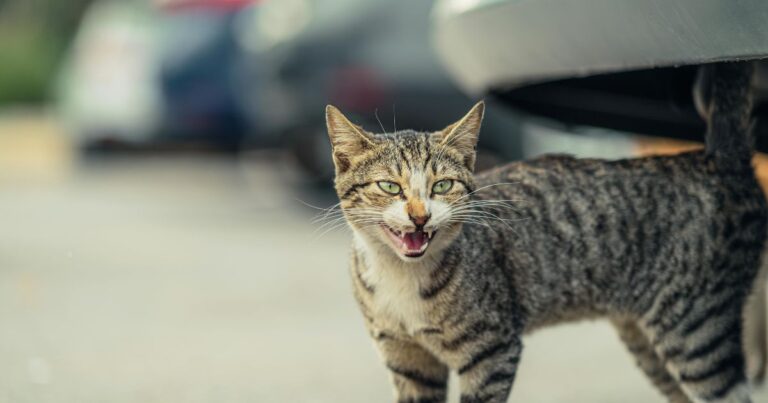FVRCP Booster Side Effects: How Your Cat Might React
Table of Contents
Every cat parent feels worried when they take their pet to the vet for shots. The FVRCP booster can make you nervous about side effects. This worry is common among pet owners who want to keep their cats safe.
The FVRCP vaccine is key to keeping your cat healthy. It guards against three serious viruses: Feline Viral Rhinotracheitis, Calicivirus, and Panleukopenia. Even though side effects can happen, knowing them helps you care for your cat better.
Most cats don’t have big reactions to the FVRCP booster. Knowing what to expect can make the experience less stressful. This guide will help you understand what’s normal and what might need vet care.
Your cat’s health is the most important thing. Learning about FVRCP booster side effects helps you support your cat. This way, they stay safe and comfortable during their shots.
Understanding the FVRCP Vaccine and Its Importance
Keeping your cat healthy begins with knowing about important vaccinations. The FVRCP vaccine is key in fighting off serious diseases. It helps prevent health risks that could harm your pet.
Vets say FVRCP is a must-have vaccine for cats. It fights off three major viruses. Knowing the side effects of feline vaccines helps you choose the best care for your cat.
What Diseases Does FVRCP Prevent
The FVRCP vaccine guards against three major diseases:
- Feline Viral Rhinotracheitis: A serious respiratory infection causing nasal discharge and breathing issues
- Calicivirus: A contagious virus causing mouth sores and breathing problems
- Panleukopenia: A deadly virus that weakens the immune system
Core Vaccination Schedule for Cats
When to vaccinate is key for strong immunity. Kittens get their first FVRCP vaccine at 6-8 weeks. They then get boosters every 3-4 weeks until they’re 16-20 weeks old.
Adult cats need FVRCP boosters every three years. This keeps them safe from diseases. The risks of not vaccinating are much higher than the risks of vaccination.
Why Indoor Cats Need FVRCP Vaccination
“Even indoor cats are not completely safe from viral threats” – Veterinary Infectious Disease Experts
Many think indoor cats don’t need shots. But, viruses can get into your home in many ways. This includes:
- Clothing and shoes
- Open windows
- Interactions with other pets
- Veterinary visits
Getting your indoor cat vaccinated with FVRCP is vital. It helps prevent unexpected health issues.
Common FVRCP Booster Side Effects
It’s important to vaccinate your cat against feline viral diseases. Knowing about cat vaccine side effects helps you prepare and respond. Most FVRCP booster reactions are mild and short-lived, causing little discomfort for your cat.
Cat owners should know about the dangers of FVRCP booster reactions. These reactions usually fall into two main categories: localized and systemic responses.
Mild Reactions at Injection Site
After getting the FVRCP vaccine, your cat might have localized reactions. These include:
- Slight swelling around the injection area
- Temporary tenderness or sensitivity
- Small, soft lumps near the vaccination site
- Mild redness or warmth
Systemic Reactions After Vaccination
Some cats have whole-body responses after their vaccine. These can include:
- Mild lethargy
- Decreased appetite
- Low-grade fever
- Reduced activity levels
Duration of Common Side Effects
Most vaccine side effects are short-lived and go away in 24-48 hours. If symptoms last longer or get worse, contact your vet right away.
| Reaction Type | Typical Duration | Recommended Action |
|---|---|---|
| Injection Site Swelling | 1-3 days | Monitor, apply cool compress |
| Systemic Symptoms | 24-48 hours | Provide quiet rest, ensure hydration |
| Persistent Symptoms | Beyond 48 hours | Consult veterinarian |
Knowing about these potential reactions helps you care for your cat better after their FVRCP booster vaccination.
Severe Vaccine Reactions to Watch For
Vaccine reactions in cats are usually mild. But, it’s important for pet owners to know about severe side effects. The FVRCP booster can sometimes cause serious reactions that need vet care right away.
Your cat might show severe vaccine reactions that need fast action. These rare but serious symptoms include:
- Facial swelling or significant inflammation
- Sudden difficulty breathing
- Persistent vomiting or diarrhea
- Unusual lethargy or collapse
- Pale or white gums
- Rapid or weak pulse
Spotting these signs early can save your cat’s life. Watch your cat closely in the first few hours after the vaccine. Anaphylactic reactions, though rare, can happen fast and are a medical emergency.
Veterinary experts recommend staying calm but vigilant during the post-vaccination period.
If your cat shows extreme or lasting symptoms after the FVRCP booster, call your vet right away. Acting fast can help avoid serious problems and keep your cat safe.
Monitoring Your Cat After Vaccination
After your cat gets an FVRCP booster, it’s key to watch them closely. This helps keep your pet safe and healthy after the shot.
Your vet’s advice on fvrcp booster safety is very important. Knowing what to look for helps protect your cat while they recover.
First 24 Hours Post-Vaccination
Keep an eye out for these signs in the first day:
- Mild lethargy
- Slight decrease in appetite
- Low-grade fever
- Minimal swelling at injection site
When to Contact Your Veterinarian
Some symptoms need quick vet help. Watch for:
- Persistent vomiting
- Sustained loss of appetite
- Continuous weakness
- Significant behavioral changes
Signs of Emergency Situations
Some reactions are urgent. Watch for these critical signs:
- Difficulty breathing
- Severe swelling
- Continuous trembling
- Extreme lethargy
Always trust your instincts. If something seems seriously wrong, contact your veterinarian immediately.
Managing Post-Vaccination Discomfort
After your cat gets an FVRCP booster, it’s important to manage side effects for their comfort. Knowing how to handle fvrcp booster side effects can help your cat feel better fast.
Some cats might feel a bit uncomfortable after the shot. The first step is to make a quiet, cozy spot for them to rest. This helps with managing cat vaccine side effects.
- Provide a soft, warm bed in a quiet area
- Ensure fresh water is always available
- Monitor your cat’s behavior closely
- Limit physical activity for 24-48 hours
Vets suggest ways to ease discomfort after the shot:
| Comfort Strategy | Recommended Action |
|---|---|
| Injection Site Care | Apply gentle cold compress for 10-15 minutes |
| Medication | Consult vet before giving any pain relief |
| Hydration | Encourage drinking water |
Important: Never give human meds without a vet’s okay. Every cat is different, so care must be tailored to them.
“Patience and gentle care are key to helping your cat recover comfortably after vaccination.” – Veterinary Professionals
Rare but Serious Complications
FVRCP vaccines are usually safe, but it’s important for pet owners to know the risks. Some rare but serious side effects can happen. These need quick attention.
Most cats don’t have many side effects from vaccines. But knowing about rare risks helps you decide on your cat’s shots.
Injection Site Sarcomas
Injection site sarcomas are a rare but serious issue. These tumors show up at the vaccine spot in less than 1 in 10,000 cats. Look out for:
- Persistent lumps lasting more than several weeks
- Tumors growing larger than 2 centimeters
- Rapid growth or changes in size
Anaphylactic Reactions
Anaphylactic reactions are severe allergies that can happen fast. They need quick vet help if you see:
- Sudden difficulty breathing
- Facial swelling
- Extreme weakness
- Collapse or loss of consciousness
Long-term Health Concerns
Long-term health issues from vaccines are rare. But some cats might have ongoing immune system problems. Vets are still studying these issues.
“Prevention and awareness are key to managing potential vaccine complications.” – Veterinary Immunology Experts
| Complication | Frequency | Recommended Action |
|---|---|---|
| Injection Site Sarcoma | Less than 0.01% | Immediate veterinary evaluation |
| Anaphylactic Reaction | Extremely Rare | Emergency medical treatment |
Preventive Measures to Reduce Side Effects
To lower the risks of feline vaccinations, start early and be thorough. Your vet is key in keeping your cat safe. Before the shot, there are important steps to take.
First, do a full health check on your cat. They should be in top shape for vaccines. This means:
- Checking for current health status
- Ensuring no active infections
- Verifying your cat’s overall wellness
Knowing your cat’s medical history is also vital. Talk to your vet about:
- Previous vaccine reactions
- Existing health conditions
- Specific breed-related sensitivities
If your cat has had bad reactions to vaccines, look into other options. Some vets suggest:
- Spacing out vaccine administration
- Using titers to assess immunity
- Customizing vaccination protocols
Your vet might also recommend special care for your cat. Preparation and communication are your best defenses in managing potential FVRCP booster side effects.
Risk Factors for Adverse Reactions
Understanding fvrcp booster side effects means knowing what makes some cats more at risk. Not every cat reacts the same way to vaccines. Some factors can make them more likely to have bad reactions.
Your cat’s own traits can affect how they react to vaccines. Some key things that might make a difference include:
- Age: Very young kittens and older cats have weaker immune systems
- Body size: Smaller cats might be more stressed by vaccines
- Overall health status: Cats with weak immune systems
- Previous vaccination history
Vets look at these factors to create a vaccine plan just for your cat. Cats with certain health issues might need closer watch:
| Health Condition | Potential Vaccine Reaction Risk |
|---|---|
| Chronic diseases | Higher sensitivity |
| Autoimmune disorders | Increased reaction potential |
| Recent illness | Compromised immune response |
Talking to your vet about your cat’s health can help avoid bad reactions. They can guide you on the best vaccine plan for your cat.
Conclusion
It’s important for cat owners to know about feline health concerns related to the FVRCP booster. While side effects can happen, the vaccine’s benefits usually outweigh the risks for most cats. Your vet is the best person to talk to about your cat’s health needs.
The side effects of the FVRCP booster are usually mild and don’t last long. Most cats don’t feel much pain and get back to their usual selves quickly. Keeping an eye on your cat after the shot and talking to your vet helps you handle any unexpected issues.
Good pet care means staying informed and watching your pet closely. Regular vet visits, knowing about vaccine reactions, and following your vet’s advice are key. This way, you can protect your cat from serious diseases and reduce vaccination risks.
Showing you care about your cat’s health shows how much you love them. By focusing on preventive care and working with your vet, you can keep your cat happy and healthy for years to come.







